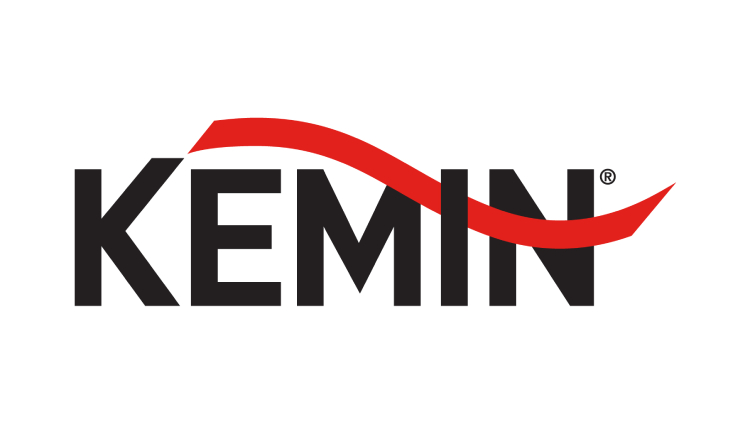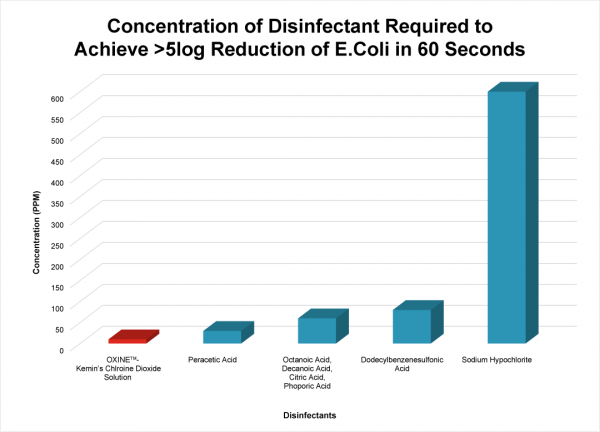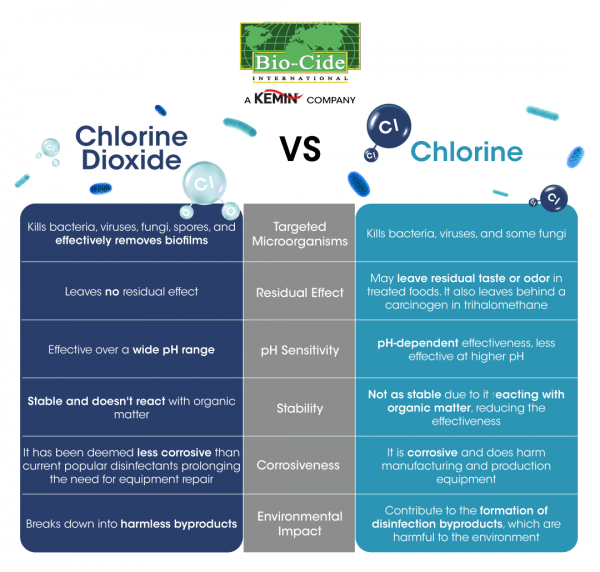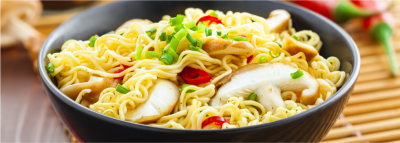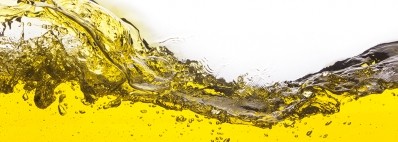Promotional Features
Prevention is better than recall: A multifaceted solution for your food safety needs
Effective elimination of bacteria in the food processing environment is essential to ensure food safety. Mitigating the risk of contamination alleviates a food manufacturer’s exposure to financial and reputational impact.
Food safety is forever on the radar, and consumer concern for food safety is high. Recently, we have observed stricter scrutiny by authority bodies and pressure on food manufacturers to ensure food is hygienically safe to be consumed. Food contamination hazards have profound health implications for consumers and pose a threat to profitability as well as operation challenges for food producers.
Across the entire farm-to-fork supply chain, many contributing factors could potentially contribute to food contamination – the main factor that leads to a food recall. Contamination of any kind dramatically increases the chance of a recall, creating a devastating blow that can result in upwards of thousands or millions of dollars of loss, especially if the damage to reputation and brand loyalty is calculated.
That's why it is essential to use a dynamic disinfectant that can eliminate harmful bacteria and viruses. One disinfectant gaining popularity in the food industry is chlorine dioxide (ClO2).
Chlorine dioxide is a potent disinfectant used for decades to eliminate harmful bacteria and viruses in hospitals and used in industrial and drinking water treatment plants. It ensures that the water we consume daily is clean and pathogen-free. Its ability to kill harmful microorganisms makes it an ideal solution for the food industry.
The science behind chlorine dioxide and its global recognition
Chlorine dioxide is a gas that is dissolved in water to create a solution. It reacts with harmful pathogens and destroys them. However, unlike other disinfectants, chlorine dioxide does not produce toxic by-products, making it a safe and effective solution for the food industry.
Internationally, chlorine dioxide is recognized as a safe, non-toxic disinfectant with no organoleptic impact. It has been recognized as a disinfectant since the early 1900s. To further back its safety claims, chlorine dioxide has been approved for use by the US Environmental Protection Agency (EPA) and the US Food and Drug Administration (FDA) for many applications. It is well recognized by the United States Department of Agriculture (USDA).
One of the main benefits of using chlorine dioxide as a disinfectant is its ability to kill a wide range of pathogens. It is effective against bacteria, viruses, fungi and even spores.
Adding to the benefits of using chlorine dioxide, its fast-acting mode of action makes it an ideal disinfectant (see Graph 1) to be used in a fast-paced manufacturing environment. It offers food manufacturers enhanced speed and resources to easily disinfect a wide range of equipment and working surfaces through various disinfecting methods, including spraying and dipping.
Due to the versatility of its application, as well as its wide range of effectiveness, chlorine dioxide is a perfect solution to be introduced in current sanitation plans to ensure that Good Manufacturing Practices (GMP) and Hazard Analysis and Critical Control Points (HACCP) standards and regulations are upheld and even exceeded.
Graph 1 : Concentration of disinfectant required to reduce >5 log of Escherichia coli (E. coli) bacteria.
An efficacious safety profile
One of the unique features of chlorine dioxide compared to other disinfectants in the market is its ability to penetrate biofilms. Biofilms are layers of bacteria that can form on surfaces over time and can be difficult to remove using traditional disinfectants, as they provide a protective barrier for bacteria. However, chlorine dioxide can penetrate these biofilms and effectively eliminate the harmful bacteria within them. It is an ideal disinfectant solution for equipment and surfaces where biofilms can form.
In addition to its disinfectant properties, chlorine dioxide has additional benefits. It does not leave any residue or taste, meaning it does not affect the quality of food products it encounters. It is also safe to use and handle, as it does not produce harmful by-products making it a safe solution for workers in the food industry.
An additional benefit of using chlorine dioxide is its minimal environmental impact. Since it breaks down into table salt and water, it does not contribute to pollution or ecological damage. It is therefore recognized as a good choice for those who are environmentally conscious, as well as being one of the few disinfectants recognized by the World Health Organization as a 4th generation class A1 disinfectant.
Chlorine dioxide vs chlorine
Chlorine dioxide does however suffer from one major hurdle; chlorine dioxide and chlorine often get confused with one another other. Table 1 illustrates some of the critical differences between chlorine dioxide and chlorine to highlight how different these two chemicals are.
Table 1: A comparison between chlorine dioxide and chlorine.
In summary, chlorine dioxide is a capable and effective disinfectant that can eliminate harmful pathogens in the food industry. Its ability to kill a wide range of bacteria, viruses, fungi and spores makes it an ideal solution for food manufacturers. Its fast-acting and easy-to-use properties make it a versatile solution that can be used in various settings.
Its ability to penetrate biofilms and its lack of residue or taste make it a safe and effective solution for the food industry. With a multi-beneficial product like chlorine dioxide, companies can create a safe and efficient food product as well as a clean work environment.
As a strong advocate of food safety and a part of food supply chain, Kemin believes it is of paramount importance to address market needs and contribute to food safety as part of a journey with its partners, delivering high-quality and safe food to the table.
Participating in the pursuit of food safety since 1973, Bio-Cide International, a Kemin company, is a leading multi-specialty source of chlorine dioxide-based antimicrobial technology provider. Bio-Cide has pioneered novel disinfection and antimicrobial solutions with more than ten chlorine dioxide-related patents to its name that are used in an array of markets, ranging from the airline industry and agriculture industry, to food production and manufacturing.
KEEPER™ product line is a chlorine dioxide-based, antimicrobial and disinfection solution recognized by the United States Department of Agriculture (USDA), Food and Drug Administration (FDA), and WHO and is OMRI listed for food processing. These products are effective against various foodborne pathogens, helping food manufacturers mitigate food safety hurdles without impacting the taste and texture of food products.
The OXINE™ product line is recognized by the Environmental Protection Agency of the United States (EPA) to be effective against SARS-CoV-2 (COVID-19). Click here for more information about Kemin’s Pioneering Novel Antimicrobial & Disinfectant Technology for Food Safety.
Author: Dan Ryan, Kemin Food Technologies Asia

